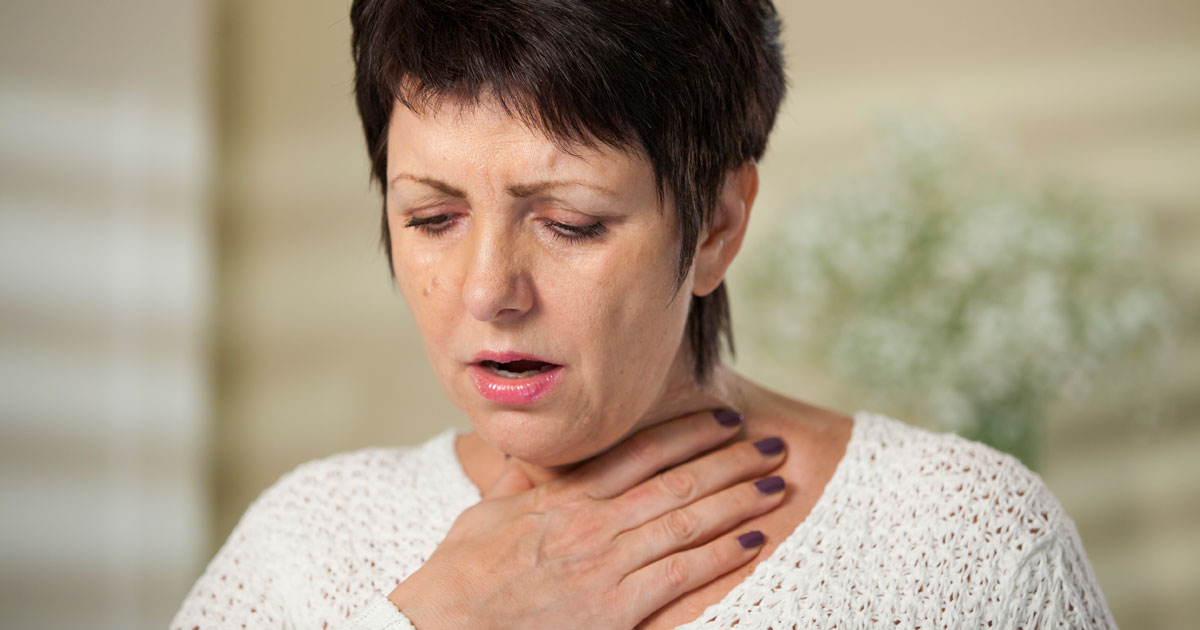Guide To The Symptoms Of Truncus Arteriosus
Truncus arteriosus is a rare congenital heart defect where the pulmonary artery and aorta combine into a truncus or single blood vessel instead of separating. Instead of a separate aortic valve and pulmonary valve, there is one big valve in the truncus. In addition, a hole between the left and right ventricles allows the truncus to receive blood from both sides of the heart. The result is the oxygenated blood mixing with oxygen-poor blood as too much of it flows to the lungs and too little flows to the rest of the body. There are three types of truncus arteriosus. When the pulmonary artery branches apart to each lung right above the valve, it is called type 1. When the pulmonary arteries branch off the truncus in different spots but are close, it is type 2. Type 3 is where the pulmonary artery branches in separate further away locations.
Numerous symptoms can indicate the presence of truncus arteriosus. Uncover them now.
Rapid Breathing

Rapid breathing is when an individual has an elevated respiratory rate or is breathing faster than they normally would. Depending on the patient's age, a normal respiratory rate is between twelve and twenty breaths per minute in a resting state. A patient affected by truncus arteriosus has an increased volume of blood flowing from the heart to the lungs. When the lungs are overloaded with too much blood, they cannot properly perform their function of blood oxygenation. The lungs have a specific capacity of blood they are able to oxygenate before it is sent back out into the rest of the patient's body. As a result of this, the blood pumping throughout the body will have too much carbon dioxide in it. The brain senses the increased levels of carbon dioxide in the blood, and it reacts by increasing the speed of breathing. Regardless of the cause, the brain will always respond to high blood carbon dioxide levels in this way to attempt to lower them. Truncus arteriosus patients can appear as if they are not able to get enough air, and they exhibit lower than normal oxygen values on an oximeter.
Continue reading to reveal more symptoms of truncus arteriosus now.
